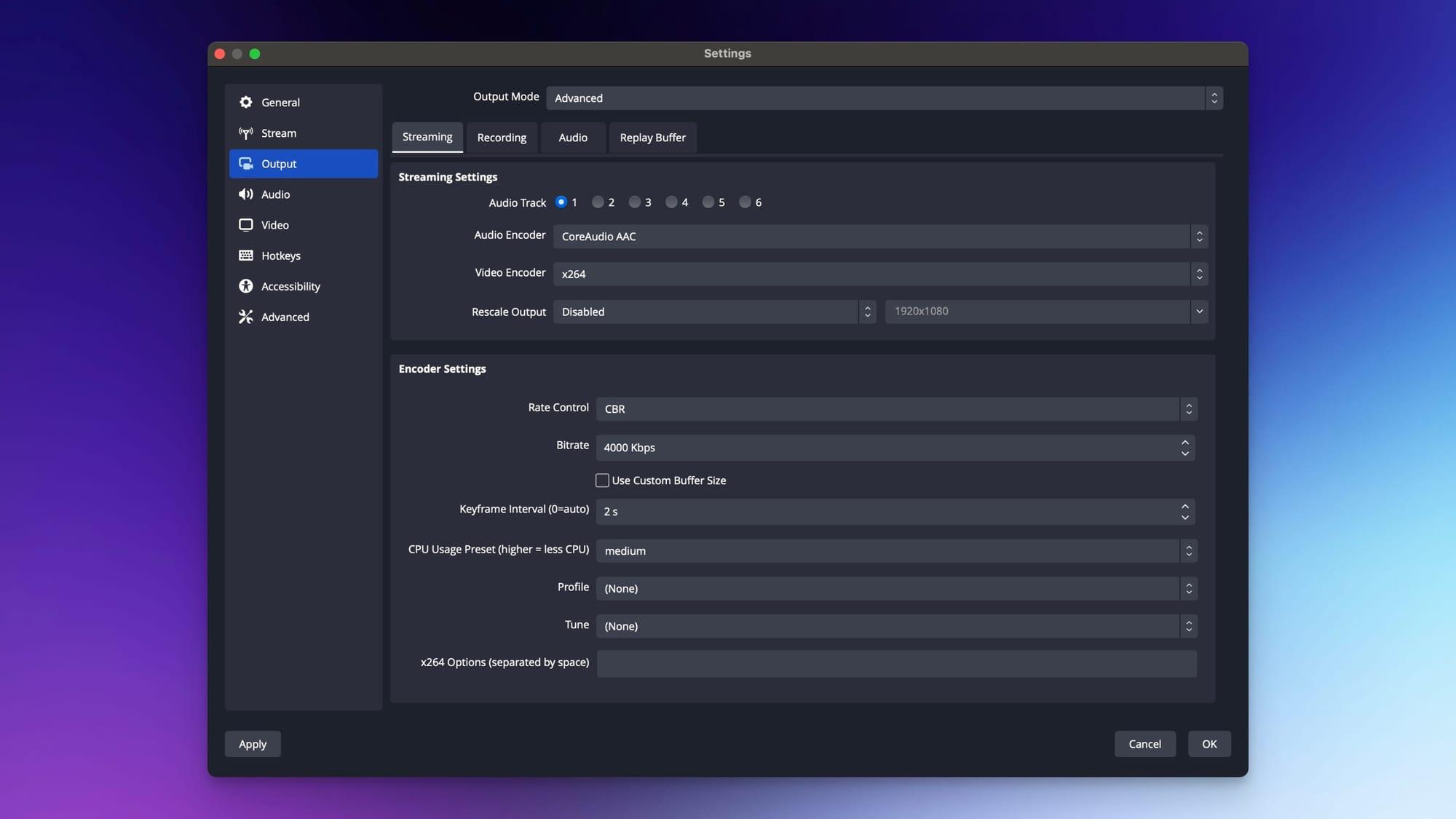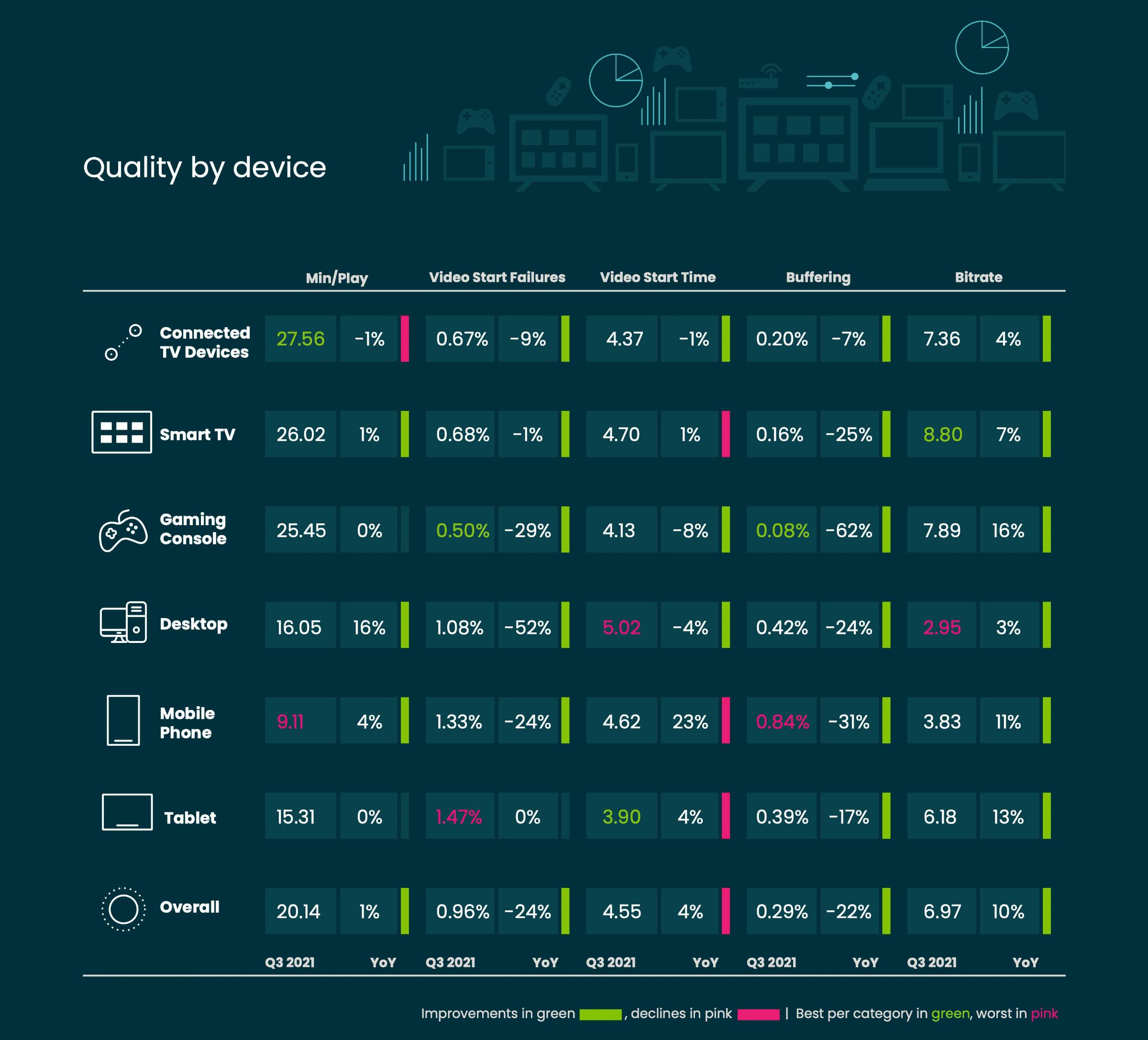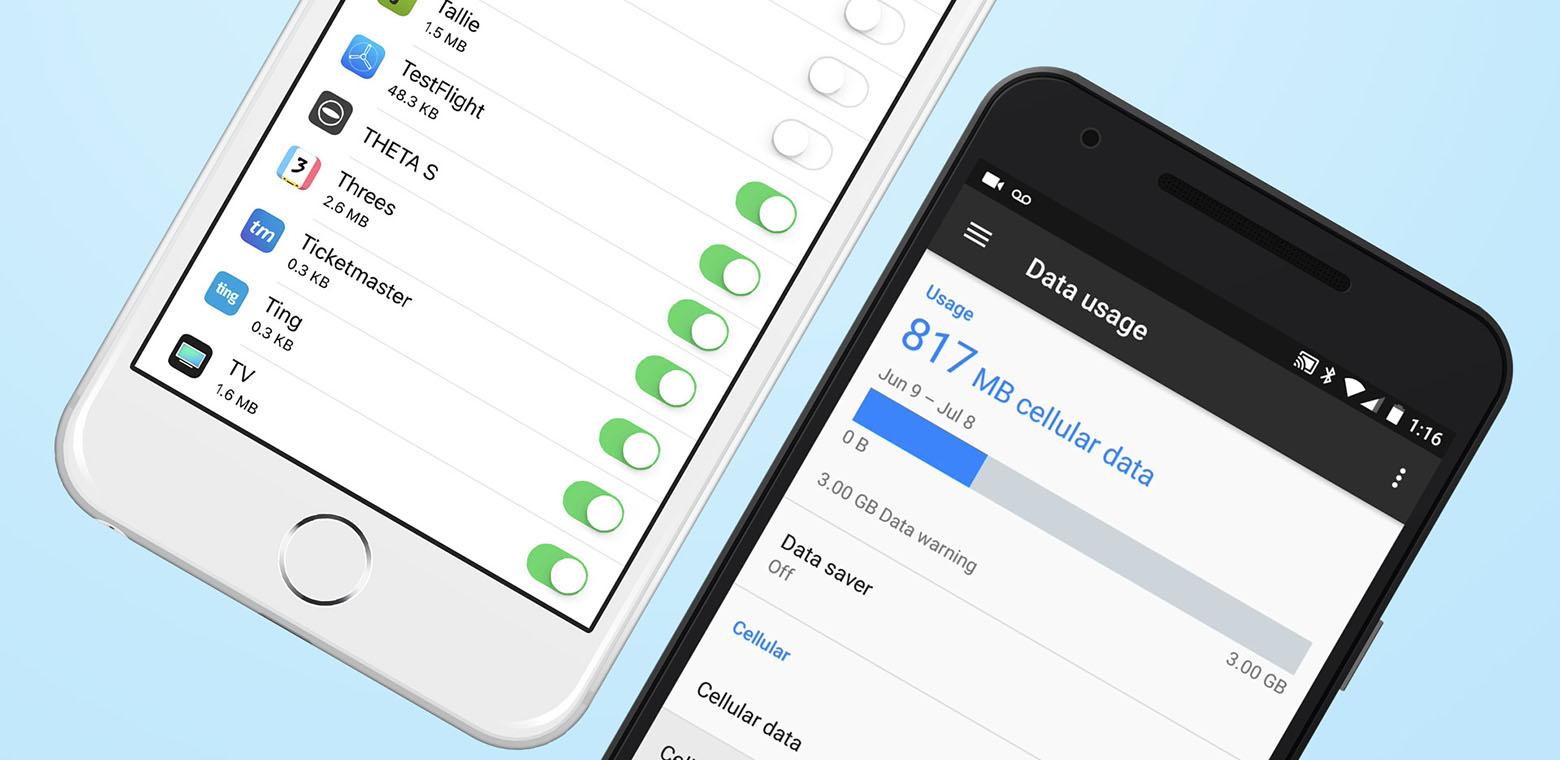In today’s digital age, streaming has become an integral part of our entertainment landscape, offering instant access to a vast array of movies, TV shows, music, and live events. However, not everyone enjoys the luxury of high-speed internet, which can lead to frustrating experiences of buffering, pixelated images, and interrupted streams. For those grappling with slower connections, enhancing streaming quality can seem like an elusive goal. This article aims to guide you through practical and effective strategies to optimize your streaming experience, even on less-than-ideal internet connections. By understanding and implementing these techniques, you can enjoy smoother playback and improved picture quality, transforming your streaming sessions from a source of frustration into a seamless experience. Optimizing Streaming Settings for Better Performance”>
Optimizing Streaming Settings for Better Performance”>
Optimizing Streaming Settings for Better Performance
Enhancing streaming quality on slower internet connections can be a challenge, but with the right settings, you can significantly improve your experience. Begin by adjusting the resolution and bitrate of your stream. Lowering the resolution from 1080p to 720p or even 480p can reduce buffering without sacrificing too much visual clarity. Similarly, decreasing the bitrate ensures that your stream consumes less bandwidth, which is crucial for maintaining a smooth playback.
- Choose the right server: Opt for a server that is geographically closer to your location to minimize latency.
- Enable adaptive bitrate streaming: This feature automatically adjusts the video quality based on your current internet speed.
- Close unnecessary applications: Ensure that no other applications or devices are consuming bandwidth while streaming.
- Utilize hardware encoding: If your device supports it, hardware encoding can offload processing tasks, resulting in a more stable stream.
Additionally, consider using a wired Ethernet connection instead of Wi-Fi to ensure a more stable internet connection. This can prevent fluctuations in streaming quality and reduce the chances of interruptions. By carefully adjusting these settings and optimizing your connection, you can enjoy a better streaming experience even on slower internet connections.
Choosing the Right Streaming Services for Limited Bandwidth
When dealing with a slower internet connection, selecting the right streaming services can make a significant difference in viewing experience. Some platforms are better optimized for lower bandwidth and can deliver smoother playback. Here are a few key considerations to keep in mind:
- Data Saver Mode: Look for services that offer a data saver mode or allow you to adjust the streaming quality. Platforms like Netflix and YouTube offer settings to reduce data usage, which can help prevent buffering.
- Offline Viewing: Choose services that allow downloading content for offline viewing. This feature lets you download shows or movies when connected to a faster network, so you can watch them later without interruption.
- Adaptive Streaming: Opt for platforms that use adaptive bitrate streaming technology. This feature automatically adjusts the video quality based on your internet speed, ensuring continuous playback with minimal buffering.
By focusing on these features, you can enhance your streaming quality and enjoy a more seamless experience, even on a limited bandwidth connection.

Utilizing Hardware and Software Solutions to Boost Quality
To elevate your streaming experience on sluggish internet connections, leveraging both hardware and software solutions can make a significant difference. Hardware solutions involve optimizing your existing setup. For instance, upgrading your router to a model that supports dual-band frequencies can help prioritize streaming traffic. Consider using an Ethernet cable instead of Wi-Fi to ensure a stable connection. Additionally, a Wi-Fi extender can eliminate dead zones, ensuring consistent coverage throughout your home.
On the software side, several strategies can be employed to improve quality. Adjusting the streaming service’s settings to lower resolution can help maintain a smooth experience without constant buffering. Utilize browser extensions or apps that block ads and trackers, reducing the data load on your connection. Also, regularly update your streaming apps and operating system to benefit from the latest performance enhancements and security patches. By combining these hardware and software techniques, you can significantly improve streaming quality even on slower internet connections.

Practical Tips for Managing Data Usage While Streaming
To make the most of your data while enjoying seamless streaming, consider implementing a few strategic adjustments. Lowering the video quality is one of the most effective methods. Many streaming platforms allow you to select video quality manually. Opting for 480p instead of 1080p can significantly reduce data usage without compromising too much on viewing experience. Another smart move is to use data-saving modes available on some apps, which automatically adjust the stream quality based on your internet speed.
- Download for Offline Viewing: Whenever possible, download content when you have access to faster internet. This allows you to watch without buffering interruptions.
- Monitor Data Usage: Regularly check your data consumption through your device settings or with third-party apps to ensure you stay within your limits.
- Limit Background Data: Disable or restrict background data usage on your device to ensure that streaming gets the priority it needs.







































